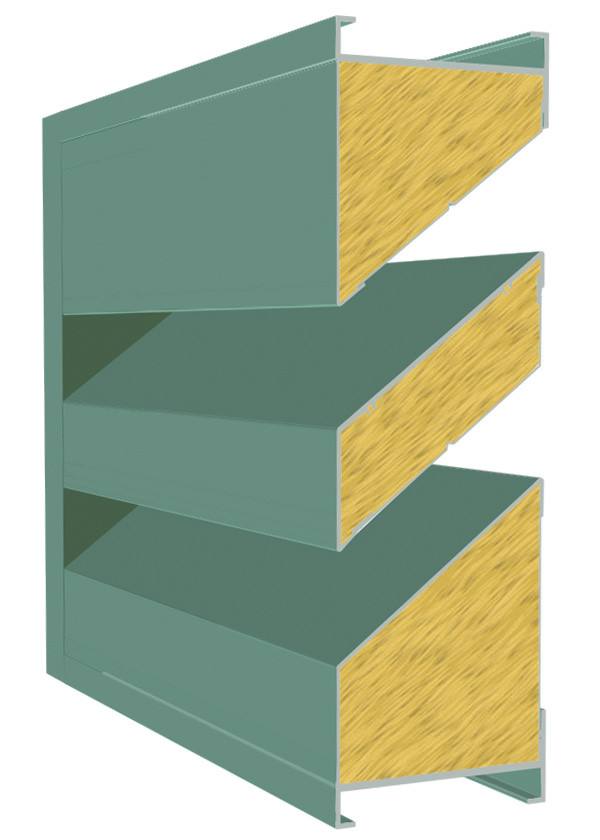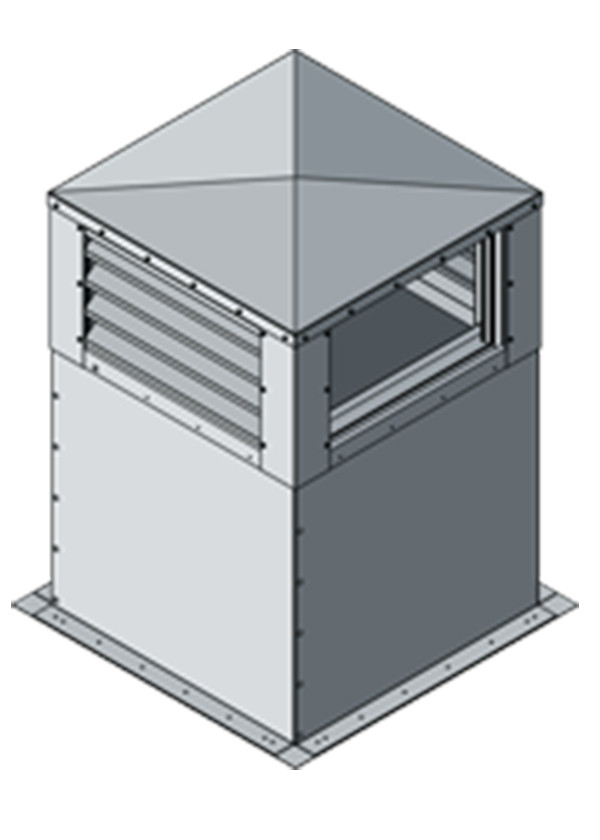How to Choose the Right Dampers for Your HVAC System: A Comprehensive Guide
As a crucial component of HVAC systems, dampers play a critical role in controlling the flow of air and ensuring optimal indoor air quality. From controlling temperature and humidity levels to managing energy costs, selecting the right dampers for your HVAC system is essential. In this comprehensive guide, we'll take a closer look at the different types of dampers and their applications to help you choose the right dampers for your HVAC system.
Type of Dampers
There are several types of dampers available, each designed for specific applications. Here are some of the most common types of dampers:
- Volume Control Dampers These dampers are used to control the flow of air in HVAC systems by adjusting the volume of air passing through them.
- Fire Dampers: Fire dampers are used to prevent the spread of fire and smoke through HVAC systems in case of a fire outbreak.
- Smoke Dampers Smoke dampers are designed to prevent the spread of smoke through HVAC systems in the event of a fire.
- Backdraft Dampers: Backdraft dampers prevent the reverse flow of air in HVAC systems, preventing outside air from entering the building.
- Ceiling Radiation Dampers: These dampers are designed to prevent the spread of fire from ceiling plenums to the occupied spaces below.
Applications of Dampers
Dampers are used in a wide range of applications, from commercial to residential settings. Here are some of the most common applications of dampers:
HVAC Systems: In HVAC systems, dampers play a crucial role in regulating the flow of air and maintaining temperature levels to create a comfortable indoor environment. They can be used in ducts, vents, and other parts of the system to control the amount of air that enters or exits a room.
Industrial Settings: Dampers are frequently used in industrial settings to control airflow, manage energy costs, and maintain a safe working environment. They can be used in large exhaust systems, fume hoods, and other ventilation systems to ensure that hazardous materials are removed from the air.
Commercial Buildings: In commercial buildings, dampers are used to regulate airflow, manage energy costs, and maintain a comfortable indoor environment. They can be found in ventilation systems, ducts, and other components of the HVAC system to ensure that air quality is maintained and energy consumption is optimized.
Residential Buildings: Dampers are also used in residential settings to control airflow and maintain temperature levels. They can be used in ducts, vents, and other components of the HVAC system to ensure that each room is comfortable and energy consumption is optimized.
Choosing the Right Dampers for Your HVAC System
Selecting the right dampers for your HVAC system depends on several factors, including the type of HVAC system you have, your specific application, and your budget. Here are some key factors to consider when choosing dampers for your HVAC system:
- Type of HVAC System: Different types of HVAC systems require different types of dampers. For example, if you have a central air conditioning system, you'll need volume control dampers to regulate the flow of air.
- Specific Application: The application of your HVAC system will determine the type of dampers you need. For example, if you're installing dampers in a kitchen exhaust system, you'll need grease duct access doors to facilitate cleaning.
- Budget: The cost of dampers varies based on their type, size, and material. It's essential to consider your budget when choosing dampers for your HVAC system.
Conclusion
When it comes to selecting the appropriate dampers for your HVAC system, the decision you make can significantly impact the overall performance of your system. Choosing the right dampers can help you achieve optimal airflow control, regulate temperature levels, reduce energy osts, and maintain a comfortable indoor environment. Therefore, it's imperative to take the time to evaluate your options and make an informed decision based on your specific needs and requirements. Consider factors such as the size of your building, the type of HVAC system you have, your budget, and the local climate to ensure that you select dampers that are compatible and suitable for your application. Taking the necessary steps to choose the right dampers will not only ensure the proper functioning of your HVAC system but will also contribute to the comfort and well-being of the occupants of your building.
Footnotes:
- HVAC: Heating, ventilation, and air conditioning.
- Indoor air quality (IAQ): The quality of air inside a building that affects the health and comfort of its occupants.
- Plenum: A space between a suspended ceiling and the floor above it, used as a supply air compartment for heating, ventilation, and air conditioning.
References:
- ASHRAE Handbook: HVAC Systems and Equipment, Chapter 37: Dampers, 2016 edition.
- NFPA 90A, Standard for the Installation of Air-Conditioning and Ventilating Systems, 2021 edition.
- SMACNA HVAC Systems Duct Design Manual, 3rd edition.
- ASTM E84, Standard Test Method for Surface Burning Characteristics of Building Materials, 2021 edition.



